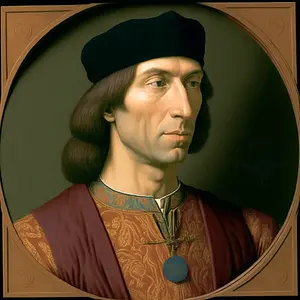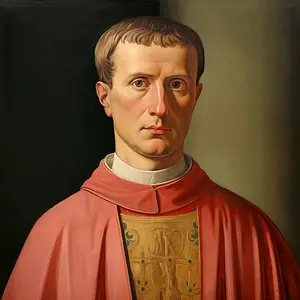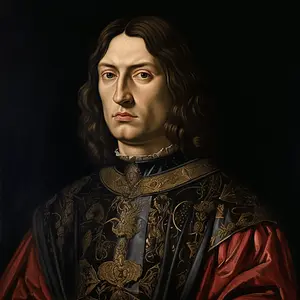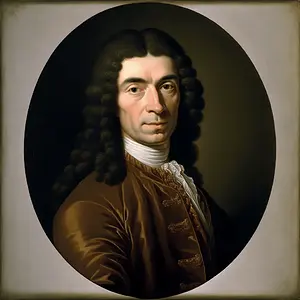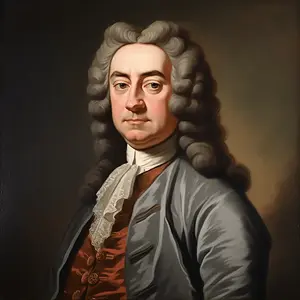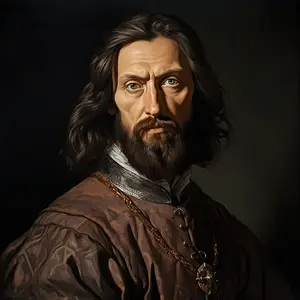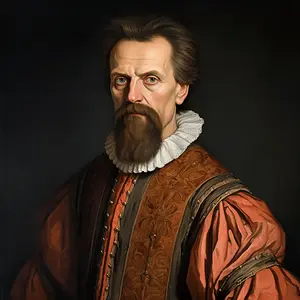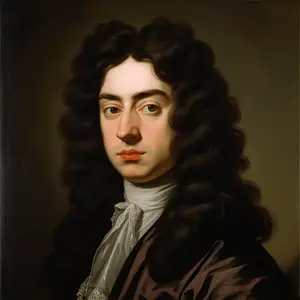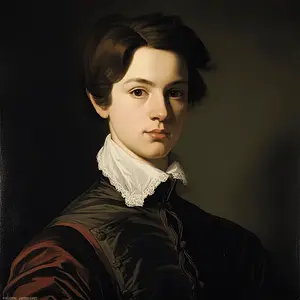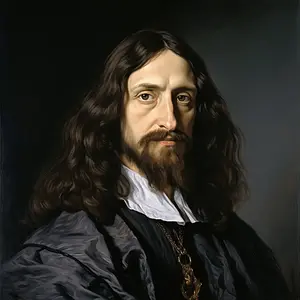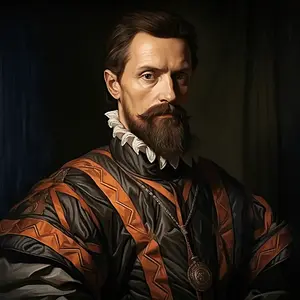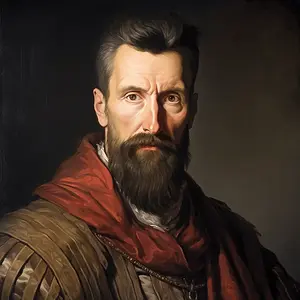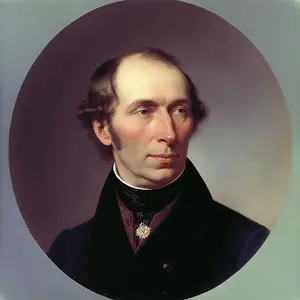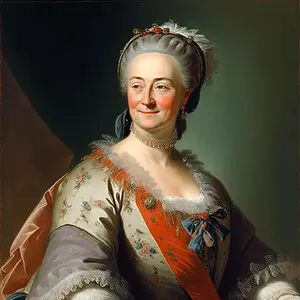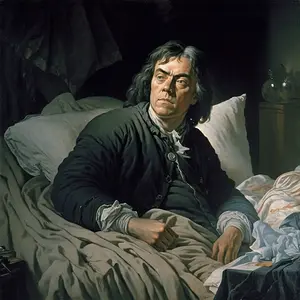Overview
[H2 id='Introduction']Introduction[/H2]

This article can be seen as an appendix to the one about Ivan Petrov. The purpose of the article is to illustrate how much longer certain Russian rulers might live in the next revision of history; and this is assuming that, by way of Petrov, Western medicine enters Russia along with the Renaissance. (In Russia, Western medicine is mixed with that indigenous to Russia and the rest of Eastern Europe.) In regards to the Grand Princes of Moscow during the Mongol era, with the exception of Vasily I, who rules at the time of Petrov’s return to Russia in 1395, their dates of death as noted remain unchanged and are based on personal research.
[H2 id='Grand+Princes+of+Moscow+1283-1399']Grand Princes of Moscow (1283-1399)[/H2]
Daniel (1261-1303; reigned 1283-1303)
Yuri (1281-1325; reigned 1303-1325)
Ivan I (1288-1340; reigned 1332-1340)
Simeon (1316-1353; reigned 1340-1353)
Ivan II (1326-1359; reigned 1353-1359)
Dmitri Donskoy (1350-1389; reigned 1359-1389)
Vasily I* (1371-1435; reigned 1389-1399**)
*- Last grand prince of Moscow.
**- Vasily I became grand prince of all Russia after the entry of the Renaissance, the ousting of the Mongols, and the subsequent unification of Russia, all having taken place by late in 1399.
[H2 id='Grand+Princes+of+Russia+1399-1480']Grand Princes of Russia (1399-1480)[/H2]
Vasily I (1371-1435; reigned 1399-1435)
Vasily II (1415-1470; reigned 1435-1470)
Ivan III “the Great”* (1440-1517; reigned 1470-1480**)
*- Last grand prince of Russia.
** – Ivan the Great was crowned the first czar of Russia in 1480.
[H3 id=''][/H3]
[H2 id='Czars+of+Russia+1480-1721']Czars of Russia (1480-1721)[/H2]
Ivan III “the Great” (1440-1517; reigned 1480-1517)
Vasily III (1479-1543; reigned 1517-1543)
Ivan IV “the Terrible” (1530-1584; reigned 1543-1584)
Fyodor I (1557-1598; reigned 1584-1598)
Boris Godunov (c. 1551-1605; reigned 1598-1605)
Fyodor II (1589-1605; reigned 1605)
False Dmitri (c. 1581-1606; reigned 1605-1606)
Vasily IV (1552-1620; reigned 1606-1610)
Vladislav* (1595-1648; reigned 1610-1612)
Michael (1596-1652; reigned 1613-1652)
Alexis (1629-1690; reigned 1652-1690)
Ivan V (1666-1696; reigned 1690-1696)
Peter I “the Great”** (1672-1725; reigned 1690-1721***)
*- Also known as Wladyslaw IV, king of Poland.
** – Last czar of Russia.
*** – Peter the Great named himself the first emperor of Russia in 1721, and he was crowned as such.
[H2 id='Emperors+and+Empresses+of+Russia+1721-1917']Emperors and Empresses of Russia (1721-1917)[/H2]
Peter I “the Great” (1672-1725; reigned 1721-1725)
Catherine I (1684-1727; reigned 1725-1727)
Peter II (1715-1730; reigned 1727-1730)
Anna (1693-1740; reigned 1730-1740)
Ivan VI (1740-1764; reigned 1740-1741)
Elizabeth (1709-1762; reigned 1741-1762)
Peter III (1728-1762; reigned 1762)
Catherine II “the Great”* (1729-1796; reigned 1762-1796)
Paul (1754-1801; reigned 1796-1801)
Alexander I (1777-1825; reigned 1801-1825)
Nicholas I (1796-1855; reigned 1825-1855)
Alexander II (1818-1881; reigned 1855-1881)
Alexander III (1845-1894; reigned 1881-1894)
Nicholas II (1868-1918; reigned 1894-1917)
*- Side note: Under the reign of Catherine the Great, in 1776, Russia officially adopted the use of the Gregorian calendar, replacing the Julian calendar, which had been in official use throughout Russia since 1399.
[H3 id='Note']Note[/H3]
[H3 id='Grand+Princes']Grand Princes[/H3]
[H3 id='Czars']Czars[/H3]
[H3 id='EmperorsEmpresses']Emperors/Empresses[/H3]
[H3 id='Gallery+Notes']Gallery Notes[/H3]
This article can be seen as an appendix to the one about Ivan Petrov. The purpose of the article is to illustrate how much longer certain Russian rulers might live in the next revision of history; and this is assuming that, by way of Petrov, Western medicine enters Russia along with the Renaissance. (In Russia, Western medicine is mixed with that indigenous to Russia and the rest of Eastern Europe.) In regards to the Grand Princes of Moscow during the Mongol era, with the exception of Vasily I, who rules at the time of Petrov’s return to Russia in 1395, their dates of death as noted remain unchanged and are based on personal research.
[H2 id='Grand+Princes+of+Moscow+1283-1399']Grand Princes of Moscow (1283-1399)[/H2]
Daniel (1261-1303; reigned 1283-1303)
Yuri (1281-1325; reigned 1303-1325)
Ivan I (1288-1340; reigned 1332-1340)
Simeon (1316-1353; reigned 1340-1353)
Ivan II (1326-1359; reigned 1353-1359)
Dmitri Donskoy (1350-1389; reigned 1359-1389)
Vasily I* (1371-1435; reigned 1389-1399**)
*- Last grand prince of Moscow.
**- Vasily I became grand prince of all Russia after the entry of the Renaissance, the ousting of the Mongols, and the subsequent unification of Russia, all having taken place by late in 1399.
[H2 id='Grand+Princes+of+Russia+1399-1480']Grand Princes of Russia (1399-1480)[/H2]
Vasily I (1371-1435; reigned 1399-1435)
Vasily II (1415-1470; reigned 1435-1470)
Ivan III “the Great”* (1440-1517; reigned 1470-1480**)
*- Last grand prince of Russia.
** – Ivan the Great was crowned the first czar of Russia in 1480.
[H3 id=''][/H3]
[H2 id='Czars+of+Russia+1480-1721']Czars of Russia (1480-1721)[/H2]
Ivan III “the Great” (1440-1517; reigned 1480-1517)
Vasily III (1479-1543; reigned 1517-1543)
Ivan IV “the Terrible” (1530-1584; reigned 1543-1584)
Fyodor I (1557-1598; reigned 1584-1598)
Boris Godunov (c. 1551-1605; reigned 1598-1605)
Fyodor II (1589-1605; reigned 1605)
False Dmitri (c. 1581-1606; reigned 1605-1606)
Vasily IV (1552-1620; reigned 1606-1610)
Vladislav* (1595-1648; reigned 1610-1612)
Michael (1596-1652; reigned 1613-1652)
Alexis (1629-1690; reigned 1652-1690)
Ivan V (1666-1696; reigned 1690-1696)
Peter I “the Great”** (1672-1725; reigned 1690-1721***)
*- Also known as Wladyslaw IV, king of Poland.
** – Last czar of Russia.
*** – Peter the Great named himself the first emperor of Russia in 1721, and he was crowned as such.
[H2 id='Emperors+and+Empresses+of+Russia+1721-1917']Emperors and Empresses of Russia (1721-1917)[/H2]
Peter I “the Great” (1672-1725; reigned 1721-1725)
Catherine I (1684-1727; reigned 1725-1727)
Peter II (1715-1730; reigned 1727-1730)
Anna (1693-1740; reigned 1730-1740)
Ivan VI (1740-1764; reigned 1740-1741)
Elizabeth (1709-1762; reigned 1741-1762)
Peter III (1728-1762; reigned 1762)
Catherine II “the Great”* (1729-1796; reigned 1762-1796)
Paul (1754-1801; reigned 1796-1801)
Alexander I (1777-1825; reigned 1801-1825)
Nicholas I (1796-1855; reigned 1825-1855)
Alexander II (1818-1881; reigned 1855-1881)
Alexander III (1845-1894; reigned 1881-1894)
Nicholas II (1868-1918; reigned 1894-1917)
*- Side note: Under the reign of Catherine the Great, in 1776, Russia officially adopted the use of the Gregorian calendar, replacing the Julian calendar, which had been in official use throughout Russia since 1399.
[H3 id='Note']Note[/H3]
- In the current version of history, the Julian calendar isn’t replaced by the Gregorian calendar until the Russian Revolution in 1917, probably due to the “Westernization” of Russia arriving late, during the reign of Peter the Great, in the early 1700s. But as can be seen in my article on Ivan Petrov, where “Westernization” comes to Russia by way of the Renaissance in the end of the 1300s, we can assume that by 1776; at a time when the Gregorian calendar is already dominant in the areas of Europe, the New World colonies, etc. that are predominately Roman Catholic or Protestant; Eastern Orthodox Christian countries like Russia should wish to be in vogue with the rest of Western civilization.
[H3 id='Grand+Princes']Grand Princes[/H3]
[H3 id='Czars']Czars[/H3]
[H3 id='EmperorsEmpresses']Emperors/Empresses[/H3]
[H3 id='Gallery+Notes']Gallery Notes[/H3]
- Vasily I is clean shaven. This is not a mistake. In fact, he imposed a heavy tax on facial hair to those who could afford it. That is because most Europeans at that time were clean shaven. The tax was eventually lifted in 1460 during the reign of Vasily II since the older generations of Russian men had died off. The younger generations were accustomed to being clean shaven, and beards did not start coming into fashion again until the early 1500s. That is why we see beards on all adult Russian monarchs from Vasily III to Mikhail (Michael) Romanov, the latter of whom has a Vandyke beard.
- Fyodor II Godunov is not seen with a beard because he was only 16 when he died, despite living during a time when beards were popular. He and his mother were hanged by the noose on ropes by agents of False Dmitri.
- Peter the Great doesn’t have a mustache! That is contrary to the current version of history. In my revision, Peter’s father, Alexis I starts out his young adult life in 1651 with a Vandyke beard like his own father. Alexis shaves his beard in 1657 leaving the mustache intact and trimmed. In 1663, he shaves his mustache and puts on a brown periwig. All of this happens obviously before Peter the Great is even born. Peter was born in 1672, and grows up accustomed to noblemen without beards or mustaches!
- Nicholas I doesn’t have a mustache either. So obviously, we see facial hair going in and out of fashion throughout most of history. In Nicholas’s case, he lived during Western culture’s transitionary period in fashion between powdered wigs and varieties of facial hair. This coincides with the early Romantic era in Western culture.
- I made Catherine the Great smile because it’s 1776, and it’s a smile of relief at the idea of Russia having officially replaced the Julian calendar with the Gregorian calendar. As a side note, Catherine smiling has nothing to do with the iconic signing of the American Declaration of Independence.

